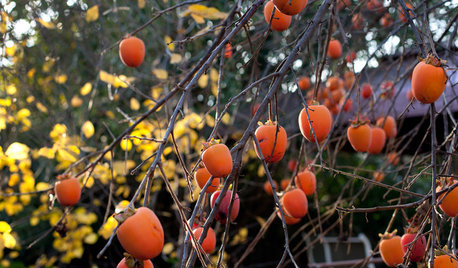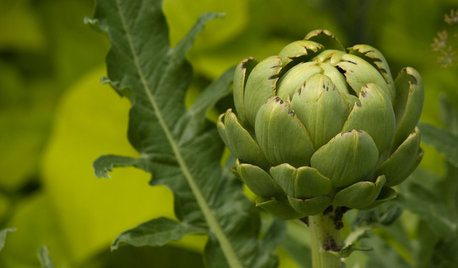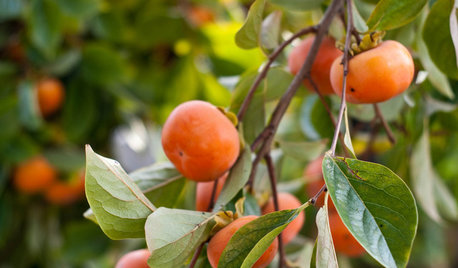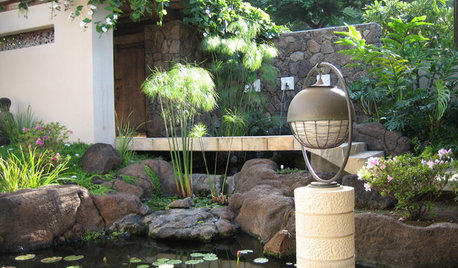American persimmon size
creekweb
13 years ago
Related Stories

FRUIT TREESHow to Grow Your Own Persimmons
Sturdy and easy to care for, these trees offer bright fruit through winter — and keeping them in bounds is no sweat
Full Story
EDIBLE GARDENSGreat Design Plant: Persimmon
Combining beautiful fruit, vivid fall leaves and low maintenance, this tree is a winner in the garden
Full Story
GARDENING GUIDESYour Garden Is Stirring — Here’s What to Do in February
February is a good time to start seeds, shape up shrubs and watch for the earliest blooms. Here’s what to do in your part of the U.S. now
Full Story
EDIBLE GARDENSHow to Grow 10 Favorite Fruit Trees at Home
Plant a mini orchard in fall, winter or early spring to enjoy fresh-off-the-tree fruit the following year
Full Story
CALIFORNIA GARDENINGCalifornia Gardener's November Checklist
In a season of traditions, let's take advantage of California's familiar — as well as quirky — planting opportunities
Full Story
DECORATING GUIDESSo Your Style Is: Coastal
Bright and breezy, coastal style transports you straight to the beach no matter where you call home
Full Story
DECORATING GUIDESFashion Week Trends Your Home Will Wear Well
Spring 2014's ready-to-wear clothing collections aren't just for wardrobes
Full Story
SAVING WATERXeriscape Gardens: How to Get a Beautiful Landscape With Less Water
Conserve water and make gardening much easier with the xeriscape approach’s 7 principles
Full Story
LANDSCAPE DESIGNRecipe for Asian Edible Garden Style
A surprising number of food plants are hiding out in Asian-themed landscapes. Add a few more and extend the Zen flavor to the kitchen
Full Story
FALL GARDENING11 Trees for Brilliant Fall Color
Give your landscape the quintessential look of autumn with the red, orange and yellow leaves of these standouts
Full Story







shane11
hemnancy
Related Professionals
Arlington Landscape Architects & Landscape Designers · 70037 Landscape Architects & Landscape Designers · Essex Landscape Architects & Landscape Designers · Quincy Landscape Architects & Landscape Designers · Americus Landscape Contractors · Dinuba Landscape Contractors · El Reno Landscape Contractors · Oxnard Landscape Contractors · Roseville Landscape Contractors · San Antonio Landscape Contractors · South Farmingdale Landscape Contractors · Southbury Landscape Contractors · Tinton Falls Landscape Contractors · Watertown Landscape Contractors · Woodburn Landscape ContractorscreekwebOriginal Author
Tony
alexander3_gw
creekwebOriginal Author
organic_mescalito
organic_mescalito
creekwebOriginal Author
skyjs
creekwebOriginal Author
cousinfloyd
creekwebOriginal Author
cousinfloyd
eskota